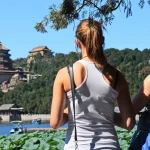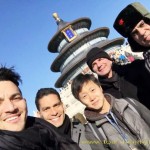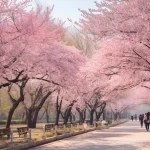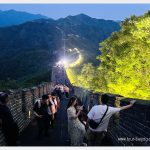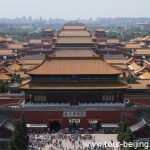How to Visit Shaolin Temple (Tips, Photos & Map)
Dear Travelers, We’d like to have the following quick guide to be always updated for the benefit of new visitors visiting Shaolin Temple by bus or using other tools of transportation. If anybody having used the piece finds necessary updates, please leave a message or feedback. Thanks!________ If you are planning a Luoyang Tour, or Zhengzhou…
